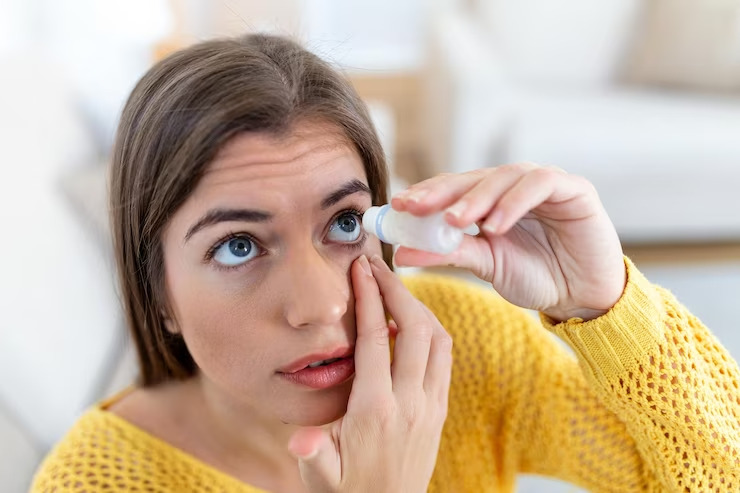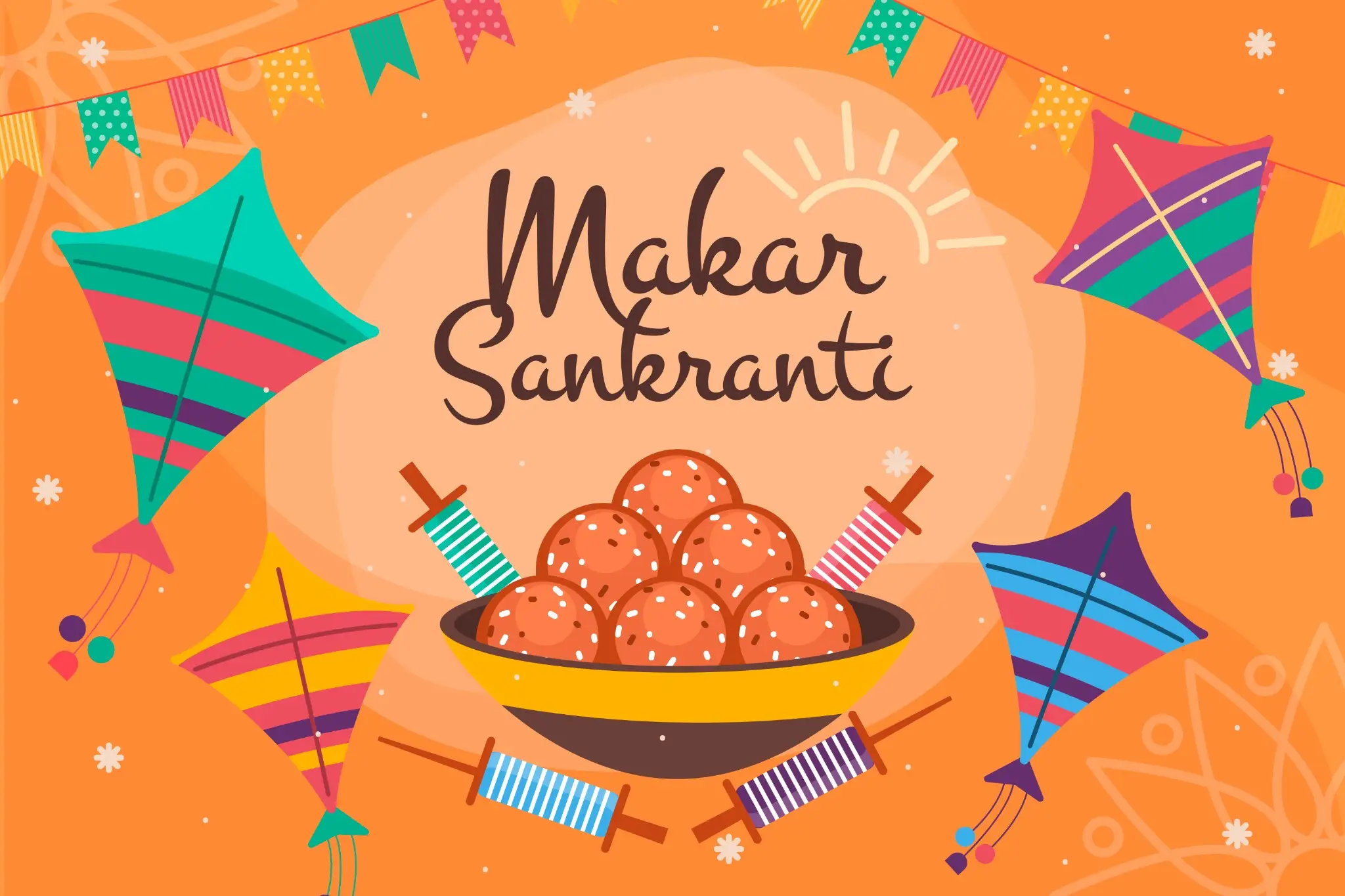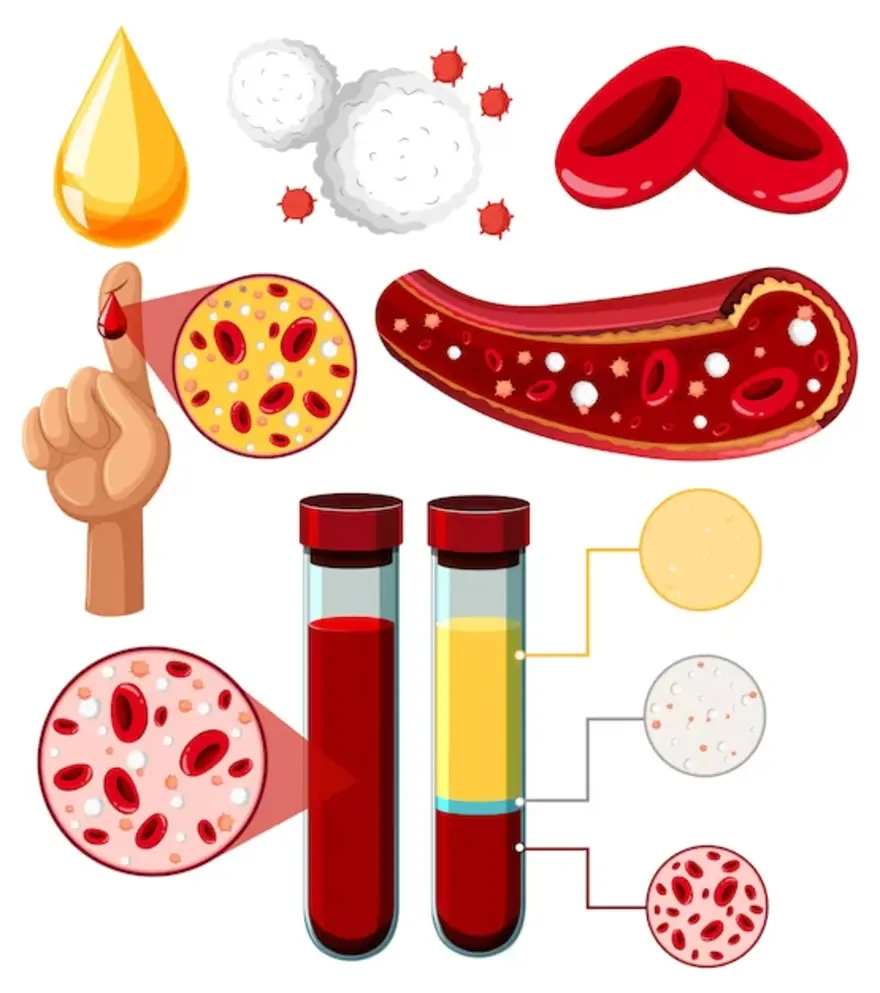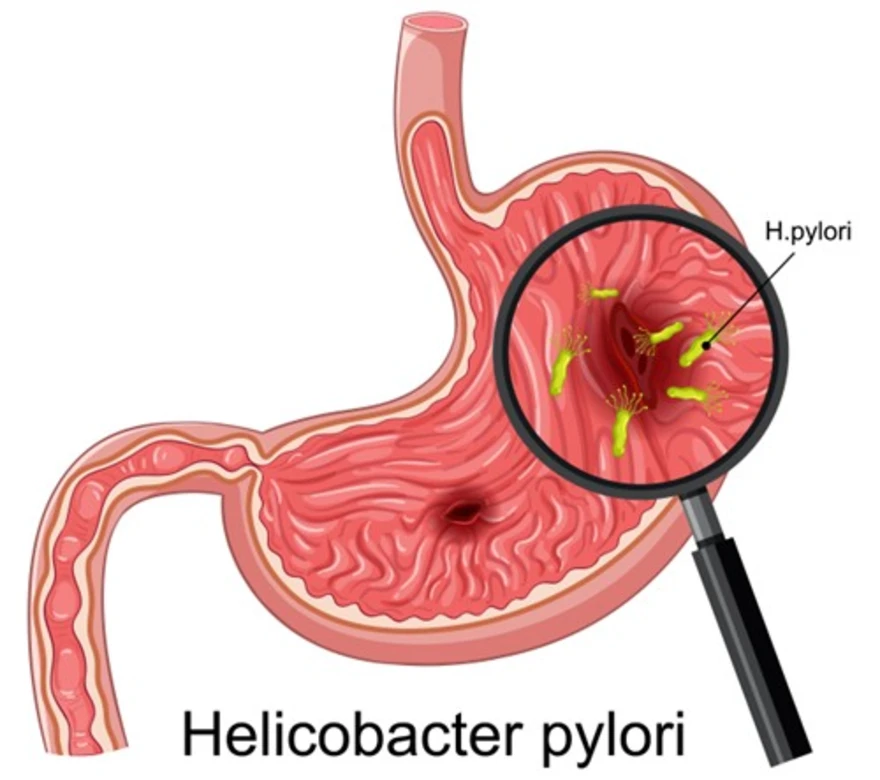Preventive Healthcare
Pink Eye (Conjunctivitis): Symptoms, Causes, Types And Treatment

Table of Contents
- What is Pink Eye (Conjunctivitis)?
- Types of Pink Eye (Conjunctivitis)
- Pink Eye (Conjunctivitis) Signs and Symptoms
- Causes of Pink Eye (Conjunctivitis)
- Risk factors for conjunctivitis
- Complications of pink eye
- Prevention of Conjunctivitis
- Preventing pink eye in newborns
- Treatment of Pink Eye (Conjunctivitis)
- Don't Get Sick Again
What is Pink Eye (Conjunctivitis)?
Pink Eye (Conjunctivitis) is inflammation or infection of the clear membrane (conjunctiva) that lines the eyelids and covers the white part of the eyeball. When the small blood vessels of the conjunctiva become inflamed, they become more noticeable. This makes the whites of the eyes appear reddish or pink.
Conjunctivitis can be caused by a variety of factors, including bacterial or viral infections, allergies, or a nonspecific condition (eg, a foreign body in the eye). A red eye is caused by all types of conjunctivitis, but not everyone who has a red eye has conjunctivitis.
Types of Pink Eye (Conjunctivitis)
1) Viral Conjunctivitis
- A virus that can also cause the common cold commonly causes viral conjunctivitis.
- A variety of viruses, including adenoviruses, can cause viral conjunctivitis.
- Viral conjunctivitis is extremely contagious.
2) Bacterial Conjunctivitis
- Bacterial conjunctivitis is extremely contagious, frequently affecting multiple family members or children in a classroom.
- Bacterial conjunctivitis is transmitted through contact, most commonly with objects that have come into contact with the infected person's eye secretions.
- Most common bacterias include Streptococcus pneumoniae, Staphylococcus aureus, Haemophilus influenzae, Moraxella catarrhalis, or, it is also caused by, Chlamydia trachomatis and Neisseria gonorrhoeae (less commonly)
3) Allergic Conjunctivitis
- Allergic conjunctivitis is an inflammation of the conjunctiva.
- Allergens and irritants including pollen, dust, and mold can cause allergic conjunctivitis.
- There are two types of allergic conjunctivitis:
- Seasonal allergic conjunctivitis: This condition is linked to seasonal allergies, which typically manifest themselves in the spring and summer and occasionally in the fall. Seasonal allergic conjunctivitis is a condition brought on by exposure to pollen, grass, and other airborne allergens.
- Perennial allergic conjunctivitis: This condition lasts the entire year and is typically brought on by indoor allergens such as dust mites, pet dander, and mold spores.
- It is Non-Contagious
Pink Eye (Conjunctivitis) Signs and Symptoms
Conjunctivitis, commonly known as pink eye, is an inflammation of the conjunctiva, the clear tissue covering the white of the eye and inner eyelid. When asking what is a conjunction in medical terms, it refers to this very membrane.
The hallmark sign of conjunctivitis is redness or pinkness in one or both eyes due to dilated blood vessels. You may experience symptoms like:
- Gritty, irritated sensation in the eyes
- Itchiness and burning
- Watery or mucous-like discharge that crusts over eyelashes
- Swollen, tender eyelids
- Sensitivity to light (photophobia)
- Excessive tearing
Though pink eye conjunctivitis feels uncomfortable, it rarely affects vision. Recognising these symptoms early allows prompt treatment and reduces contagious spread.
Causes of Pink Eye (Conjunctivitis)
Conjunctivitis can have both infectious and non-infectious origins. Understanding the cause is key to effective treatment and prevention.
Infectious Causes
Viral and bacterial infections are the leading causes of infectious conjunctivitis. Both are highly contagious and spread through contact with infected eye secretions, contaminated surfaces, or respiratory droplets from coughing or sneezing.
Viral Conjunctivitis
Adenoviruses are the most common cause of viral pink eye. Symptoms include red, burning, or gritty eyes with a clear, watery discharge. It often occurs alongside cold-like symptoms such as sore throat, fever, or runny nose. Viral conjunctivitis spreads easily in close-contact environments like schools and daycare centres. While uncomfortable, it typically resolves on its own within one to two weeks without medical treatment.
Bacterial Conjunctivitis
This type is caused by bacteria such as Staphylococcus aureus, Streptococcus pneumoniae, and Haemophilus influenzae. It results in red eyes with a thick, yellow-green or white discharge that may crust over the eyelashes. Unlike viral conjunctivitis, bacterial forms often cause more intense irritation. Antibiotic eye drops or ointments are commonly prescribed to speed up recovery and prevent complications.
Non-infectious Causes
Pink eye can also result from non-infectious sources like allergies or environmental irritants. Allergic conjunctivitis is triggered by allergens like pollen, pet dander, or dust mites. It causes red, itchy, and watery eyes often accompanied by sneezing and nasal congestion. Irritant conjunctivitis may occur due to exposure to smoke, chlorine, pollution, or contact lens misuse. Unlike infectious types, these forms are not contagious but still require proper care to relieve symptoms and prevent damage.
Risk factors for conjunctivitis
Conjunctivitis, or pink eye, can affect anyone, but certain factors can increase your risk. Understanding these helps prevent the spread and recurrence of the condition.
Viral and bacterial forms spread easily through direct contact with infected eye secretions, contaminated surfaces, or respiratory droplets. Children, caregivers, and healthcare workers are at higher risk due to close-contact environments.
Allergic conjunctivitis is more common in individuals with seasonal allergies, asthma, or eczema. Triggers include pollen, pet dander, and dust mites, especially during allergy seasons.
Wearing contact lenses, particularly overnight or extended-wear types, also increases the risk—especially if hygiene is poor or lenses are reused improperly.
Maintaining good hygiene, avoiding eye irritants, and managing allergies can significantly reduce your chances of developing this uncomfortable but usually treatable condition.
Complications of pink eye
While most cases of conjunctivitis resolve on their own without serious issues, complications can sometimes occur. Severe bacterial or viral pink eye, if left untreated, may lead to corneal ulcers or even vision impairment. This underscores the importance of prompt medical attention if your symptoms persist or worsen.
In newborns, gonococcal conjunctivitis resulting from a maternal sexually transmitted infection can have grave consequences without immediate treatment. To prevent this, medical professionals typically administer antibiotic eye drops or ointment to babies right after birth.
If you have recurrent eye conjunctivitis, it's crucial to see your doctor for a thorough evaluation. Chronic conjunctivitis may indicate an underlying condition that requires targeted treatment to prevent long-term ocular damage.
Prevention of Conjunctivitis
Whenever you are suffering from conjunctivitis, you may prevent it from spreading to others by doing the following:
- Wash your hands frequently for 20 seconds with soap and warm water.
- Wash them thoroughly before and after cleaning your infected eye or apply eye drops or eye ointment to it.
- Avoid rubbing or touching your eyes. This could aggravate the situation or spread it to your second eye.
- Use different eye drop bottles or dispensers for your diseased and healthy eyes.
- Stop using contact lenses unless your ophthalmologist says it's safe to do so again.
- Personal items such as washcloths, pillows, towels, makeup brushes, eye drops, eye or face makeup, contact lenses, contact lens storage cases, or eyeglasses should never be shared.
- Avoid using Swimming pools
If you are in the presence of someone who has conjunctivitis, by taking the following actions, you can lower your chance of contracting an infection if you are around someone who has conjunctivitis:
- Wash and clean your hands frequently in warm water and soap for at least 20 seconds.
- If soap and warm water are not available, wash and clean your hands with sanitizer that contains at least 60% alcohol.
- After touching an infected person or the things he or she uses, wash and clean your hands.
- Avoid using unwashed hands to touch your eyes.
- Personal items such as washcloths, pillows, towels, eye drops, makeup brushes, eye or face makeup, contact lenses, contact lens storage cases, or eyeglasses should never be shared.
Preventing pink eye in newborns
Safeguarding newborns from conjunctivitis starts with good hygiene, especially if the mother has an active sexually transmitted infection. Healthcare providers give antibiotic prophylaxis to babies immediately after delivery to prevent sight-threatening gonococcal conjunctivitis.
To further reduce the risk of neonatal eye conjunctivitis, parents and caregivers should thoroughly wash their hands before touching the baby's face. Avoiding close contact with individuals known to have infectious conjunctivitis is also wise. If you suspect your newborn has pink eye, promptly alert your paediatrician for appropriate care.
Treatment of Pink Eye (Conjunctivitis)
Conjunctivitis treatment is typically aimed at symptom relief. Your ophthalmologist may advise you to use artificial tears, clean your eyelids with a damp cloth, and apply cold or warm compresses several times per day. In Serious cases, the treatment you receive will be decided by the cause of your conjunctivitis.
Viral Conjunctivitis
- The majority of cases of viral conjunctivitis may cause minor symptoms.
- Without treatment, the infection usually gets cleared in 7 to 14 days with no long-term complications.
- However, viral conjunctivitis can take 2 to 3 weeks or longer to gets clear up in some cases.
- For treating more severe conjunctivitis conditions, a doctor may recommend antiviral medicine. for instance, conjunctivitis due to the varicella-zoster or herpes simplex virus.
Bacterial Conjunctivitis
- Mild conjunctivitis which is caused by bacteria can be improved without antibiotics even without causing complications.
- It usually gets improved in 2 to 5 days without treatment but can take up to 15 days to completely disappear.
- For bacterial conjunctivitis, your ophthalmologist may prescribe an antibiotic, which is usually administered as an eye drop or eye ointment topically.
- Antibacterial agents may be required in the situations:
- When conjunctivitis occurs in people who compromised or weak immune systems.
- It is associated with discharge (pus).
- When the presence of certain bacteria is suspected
Allergic Conjunctivitis
- Caused due to allergens that usually improve when the allergen is removed from the environment where the patient lives.
- Anti-allergic medications and specific eye drops (antihistamines), including some prescription eye ointments or drops, can also alleviate this type of conjunctivitis.
Don't Get Sick Again
Additionally, there are precautions you may take when you are suffering from conjunctivitis to prevent reinfection after the infection clears up:
- Any eye, face, or cosmetic you used while sick should be thrown away and replaced.
- If you wear contact lenses or cases during your eyes were infected, throw them away.
- If you used contact lens solutions during your eyes were infected, throw them away.
- Eyeglasses and cases you used during infection should be cleaned.
























